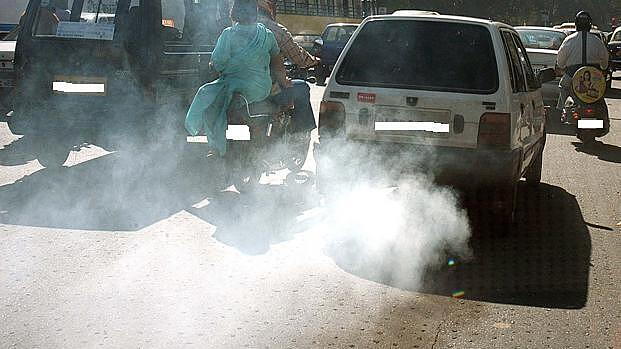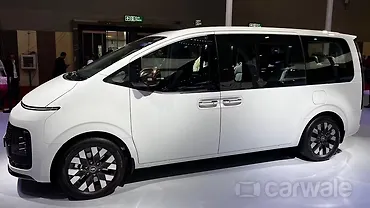
The SIAM has issued a statement saying that if the industry jumps from BS4 to BS6 norms then there will be major safety issues. It comes in the wake of the Centre mooting a plan, in the face of increasing environmental concerns, to skip an emission stage and move directly from BS4 to BS6. India is currently in the process of a complete implementation of BS3 to BS4 standard. It is expected to be fully implemented across the country by April 2017.
Their basic premise for opposing the move is that the upgrade from BS4 to BS5 would be a major leap in terms of emission control but that the leap from BS5 to BS6 would yield far lesser returns. In the statement, they say that vehicles have to operate as a complete system and emission technologies have a close linkage with safety as well as fuel efficiency parameters both of which are covered by other mandatory regulations of Government. The danger of compressing the timeframes is the risk of putting an inadequately validated technology on the Indian roads, which will lead to safety issues in vehicles like un-intended acceleration or fires which may arise due to improper regeneration of the particulate trap, if the process is not adequately tested and validated for Indian Road conditions. This could put the life of the consumer at risk.
“Why should we wait for BS VI till the year 2020 when we can achieve 90 per cent reduction in vehicular pollution with BS V stage one year earlier in 2019. The proposal of SIAM of advancing to BS V in 2019 and to BS VI in 2023 is the best solution from the environment and safety point of view. I am sure that government will not prescribe a policy which puts the industry in a position where vehicular safety has to be compromised in any way,” said Vikram Kirloskar, president SIAM.
One of the biggest challenges that the SIAM and obviously the auto industry as a whole will face is the issue of cost if the norms leap from BS4 to BS6. The cost of putting the required technology in place to meet BS6 standards will be very high and will in all probability have to be passed on to the vehicle buyers.
The Euro 6 standard is currently in place across most of Europe and has been functioning without any major issues creating a strong case for the successful implementation of the higher emission standard.







































